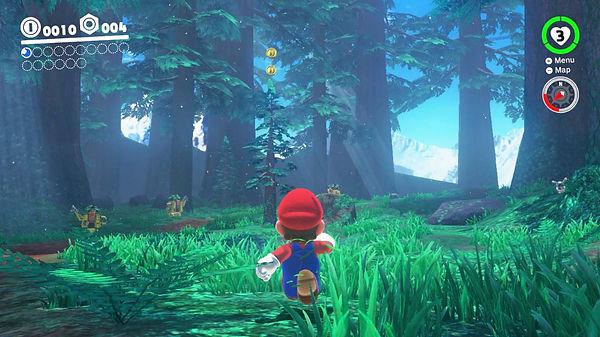
Challenges for Game Designers (Brathwaite and Schreiber, 2009) is a book we've looked fairly closely at. As a class today we had a discussion on our games core dynamic and looked at some of the most common dynamics. Here is what they are and what we believe they are
Territorial Acquisition
-
Finitite amount of resources - board games
-
Taking control of an area to gain power
Prediction
-
Timing
-
Luck and odds
-
Party games
Spatial Reasoning
-
Puzzle games
-
Acute awareness of surroundings
Survival
-
Usually supportive of another core - horror
Building
-
Human nature to build
-
Resource Development
Collection
-
Collectible card games
-
Grouping
-
Similar Resources/ Collecting as many as possible
Chasing/ Evading
-
Avoiding/ chasing certain parts
-
In combination with survival and collection
Trading
-
Collecting materials to shop for better items
-
Usually between 2 players
Race to end
-
First somewhere, natural instinct
Destruction
-
FPS
-
Warfare themed games
The two we decided to go with are collection and Spatial Reasoning. Collecting robots for the army is a huge mechanic of the game and is essentially the only way to get to the end goal. This makes it a core dynamic. Throughout the game as you hack the robots we spoke about puzzles and how they relate to the game play. By hacking beings you can therefore takeover more. A game that shows this well is (Mario Odyssey, 2017). The game features a minimum point system. On each level there is a minimum amount of moons you have to collect to progress, which in turn becomes a puzzle in itself.
This is something that we wish to include into the game. As a team we believe it will create more of challenge for the player but also will help with immersion into the game. We want them to be more involved with their ending of the game and how they explore the world; creating a more interactive experience too.
After reading all of the core dynamics suggested by (Brathwaite and Schreiber, 2009) our team decided to create our own. Escape became a very fitting dynamic for the game. As the protagonist the whole point is to escape. Its everything he lives for and with immersion, everything the player will live for. By having this be the main focus of the game, we think this makes it a suitable and successful dynamic.
Overall from a marketing point of view, I am very happy with what we have come up with and how it relates to our audience. The goal of the game encapsulated these three dynamics and fits our target audience. The collecting is something easy for the younger age bracket and is something you see in a lot of games. Escaping is a huge thrill for any age group, people enjoy the challenge of it, thats why the rise of escape rooms have become more popular because its like being in a video game. You get the same thrill in real life.
The only problems we faced with this tasks are the discussions between the teams and disagreements on whether we had those dynamics. However in the end we all came to a balanced and well-thought-out decision.

Photo sourced from (Orselli, 2018)
